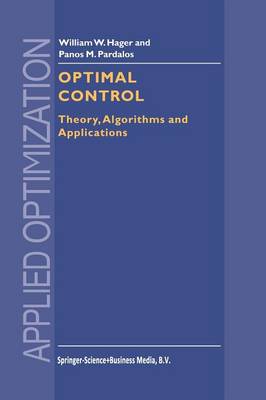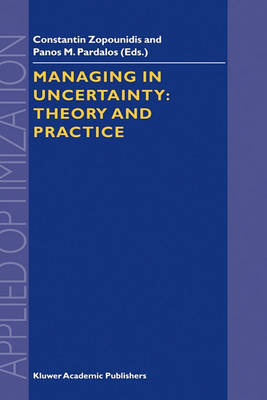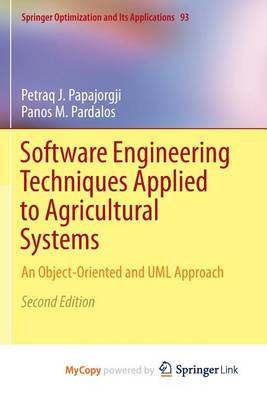Applied Optimization
3 primary works
Book 15
February 27 - March 1, 1997, the conference Optimal Control: The ory, Algorithms, and Applications took place at the University of Florida, hosted by the Center for Applied Optimization. The conference brought together researchers from universities, industry, and government laborato ries in the United States, Germany, Italy, France, Canada, and Sweden. There were forty-five invited talks, including seven talks by students. The conference was sponsored by the National Science Foundation and endorsed by the SIAM Activity Group on Control and Systems Theory, the Mathe matical Programming Society, the International Federation for Information Processing (IFIP), and the International Association for Mathematics and Computers in Simulation (IMACS). Since its inception in the 1940s and 1950s, Optimal Control has been closely connected to industrial applications, starting with aerospace. The program for the Gainesville conference, which reflected the rich cross-disci plinary flavor of the field, included aerospace applications as well as both novel and emerging applications to superconductors, diffractive optics, non linear optics, structural analysis, bioreactors, corrosion detection, acoustic flow, process design in chemical engineering, hydroelectric power plants, sterilization of canned foods, robotics, and thermoelastic plates and shells. The three days of the conference were organized around the three confer ence themes, theory, algorithms, and applications. This book is a collection of the papers presented at the Gainesville conference. We would like to take this opportunity to thank the sponsors and participants of the conference, the authors, the referees, and the publisher for making this volume possible.
Book 19
Managing in Uncertainty: Theory and Practice
by Constantin Zopounidis and Panos M. Pardalos
Published 31 August 1998
This book provides a new point of view on the subject of the management of uncertainty. It covers a wide variety of both theoretical and practical issues involving the analysis and management of uncertainty in the fields of finance, management and marketing.
Audience: Researchers and professionals from operations research, management science and economics.
Audience: Researchers and professionals from operations research, management science and economics.
Book 100
Software Engineering Techniques Applied to Agricultural Systems
by Petraq J Papajorgji and Panos M. Pardalos
Published 9 November 2005
Software Engineering Techniques Applied to Agricultural Systems presents cutting-edge software engineering techniques for designing and implementing better agricultural software systems based on the object-oriented paradigm and the Unified Modeling Language (UML). The book is divided in two parts: the first part presents concepts of the object-oriented paradigm and the UML notation of these concepts, and the second part provides a number of examples of applications that use the material presented in the first part. The examples presented illustrate the techniques discussed, focusing on how to construct better models using objects and UML diagrams. More advanced concepts such as distributed systems and examples of how to build these systems are presented in the last chapter of the book. The book presents a step-by-step approach for modeling agricultural systems, starting with a conceptual diagram representing elements of the system and their relationships. Furthermore, diagrams such as sequential and collaboration diagrams are used to explain the dynamic and static aspects of the software system.


